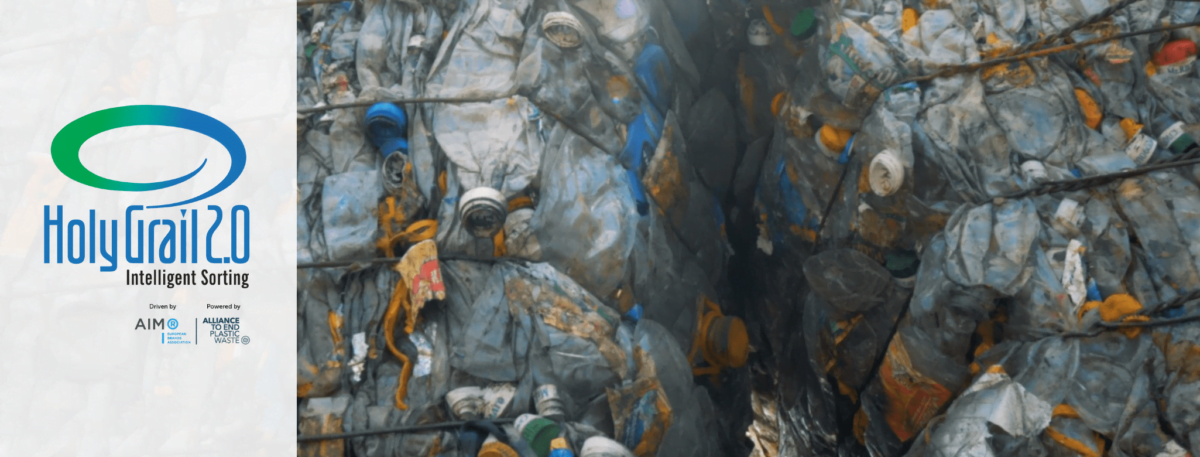
In 2019, over 130 companies and organisations from the complete packaging value chain joined forces under the auspices of AIM – European Brands Association for the cross-value chain initiative HolyGrail 2.0, with an ambitious aim to prove the economic viability of the business case at large scale as well as the technical viability of digital watermarks for accurate sorting of packaging waste.
“The 3 key ingredients here are innovation, sustainability and digital, combined to achieve the objective of the Green Deal towards a clean, circular and climate neutral economy.” – Michelle Gibbons, Director General at AIM.
Our Wipak Digimarc experts have been actively supporting this pilot project as contributors to the working group. Digimarc digital watermark technology is well-known to our specialist Wipak Digimarc team, owning years of experience and the successful implementation of almost 5000 Digimarc-enhanced packaging concepts in the retail sector.
What are digital watermarks?
Digital watermarks are imperceptible codes, the size of a postage stamp, covering the 360-degree surface of consumer goods packaging. They are digital carriers for a wide range of data such as manufacturer, SKUs, types of plastics, and compositions for multilayer objects. Once a packaging has entered a waste sorting facility, digital watermarks can be detected and decoded by standard high-resolution cameras on the sorting line, which then is able to sort the packaging into corresponding streams, achieving higher quality recyclates.
What will the project achieve?
By identifying packaging materials with greater accuracy, more efficient sorting and higher-quality recycling can be achieved in waste management systems. Digital watermark technology opens new possibilities that are currently not feasible with existing recycling technologies. This concept was first studied under the Ellen MacArthur Foundation’s New Plastics Economy programme, which investigated different innovations to improve post-consumer recycling.
As of November 2021, semi-industrial trials are now underway for HolyGrail 2.0 with AIM, the Alliance to End Plastic Waste, and the City of Copenhagen. Around 125 000 pieces of packaging representing up to 260 different stock-keeping units (SKUs) were tested at the Amager Resource Centre (ARC) in Copenhagen for several parameters, including the speed and accuracy of the system to ensure its ability to stand the pressures of full-scale industrial operations. In sorting, digital watermarks have helped identify packaging on an SKU level at hundreds of pieces per minute and have enabled the separation of food and non-food films with a detection efficiency of up to 95% during these trials. With this milestone, we are one step closer to more precise identification and sorting of plastic packaging waste with digital watermarks.
Digimarc technology is effective to the extent that any camera can detect the digital watermarks – even those on smartphones and devices. In the future, digital watermarks could also help consumers better sort their waste immediately at home, with all the information they need at their fingertips.
The first half of 2022 will see developments on a much larger scale in Phase III of the project, where digital watermark-enhanced products will be introduced by brand owners and retailers in Denmark, France and Germany for in-market demonstrations and industrial-scale trials with functional prototypes deployed in commercial sorting and recycling facilities.
Watch a virtual tour of the Amager Resource Centre (ARC) in Copenhagen & discover the semi-industrial test phase of the Digital Watermarks Initiative HolyGrail 2.0:
Watch below for more on the HolyGrail 2.0 Phase II Semi-Industrial Test preparations:
Find out about digital watermarks and HolyGrail 2.0 from AIM and the Alliance to End Plastic Waste.